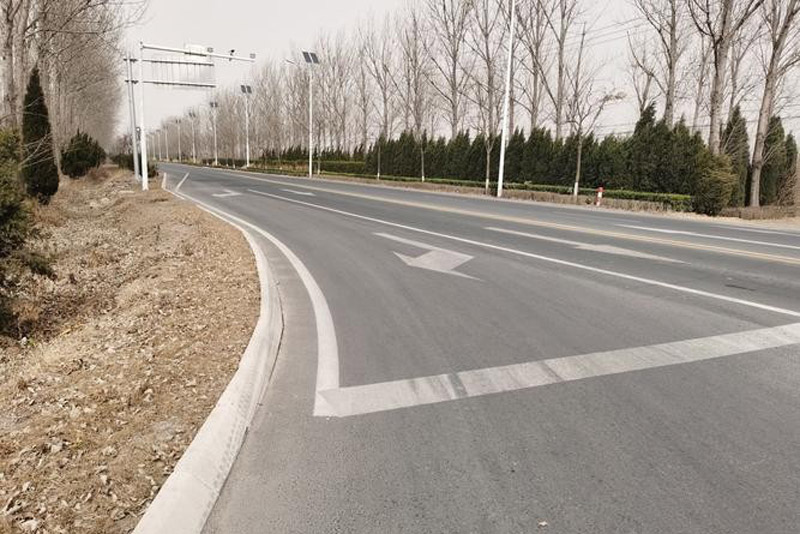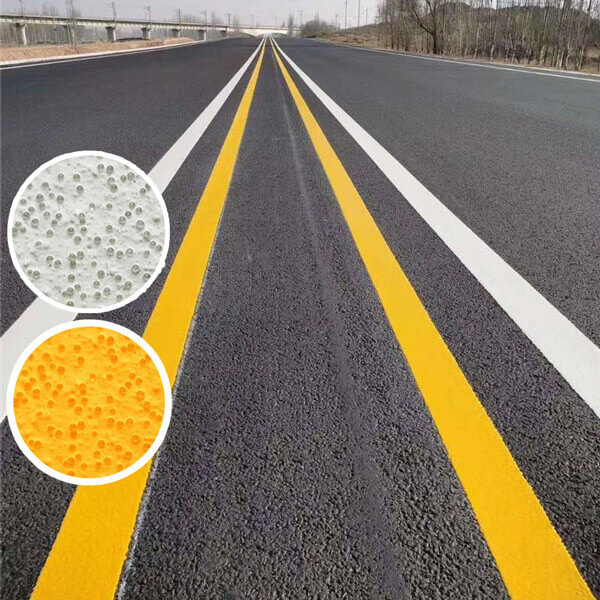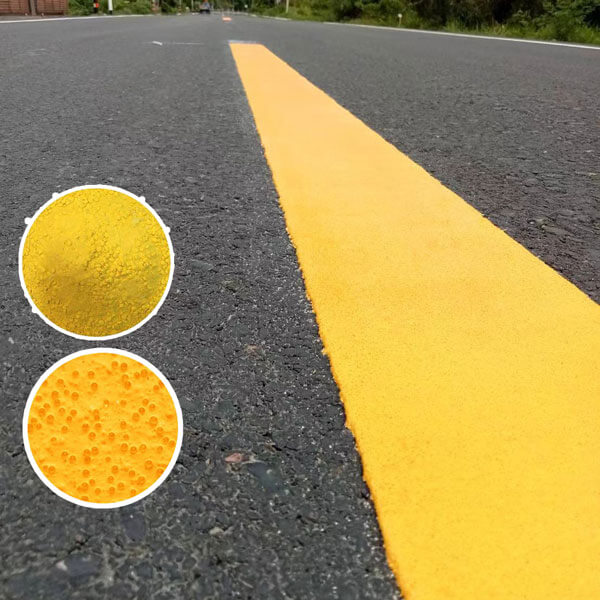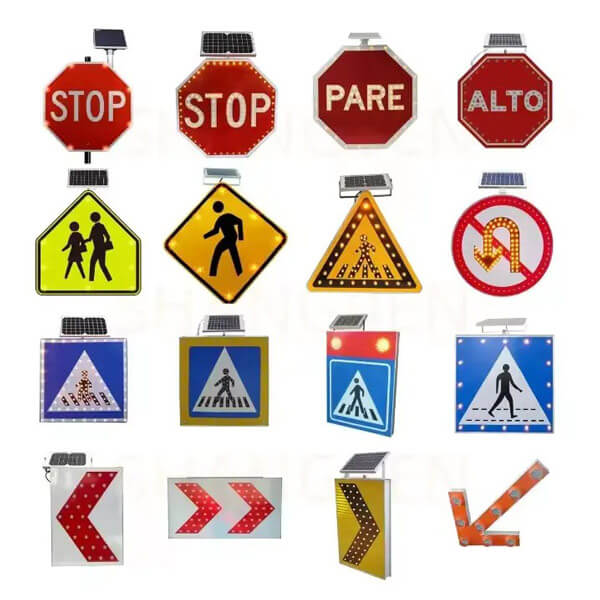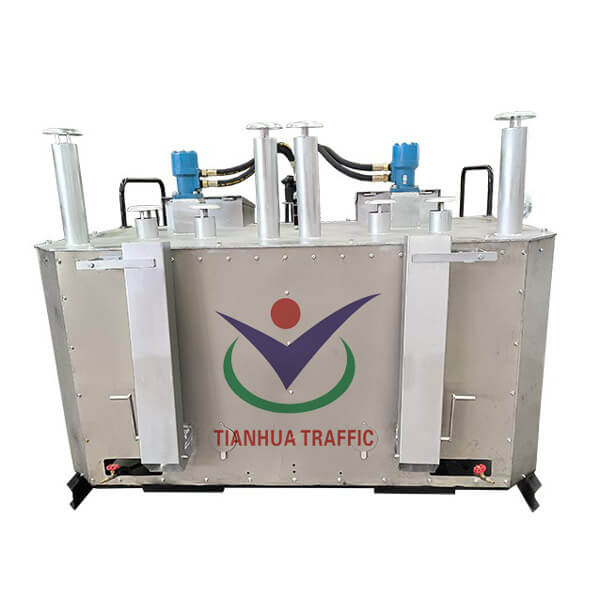How to Remove Tire Marks from Thermoplastic Road Markings and Prolong Their Lifespan
Understanding the Problem: Tire Marks on Thermoplastic Lines
Thermoplastic road markings are designed to be durable, reflective, and highly visible. However, in areas with heavy traffic or frequent braking—like intersections and toll gates—unsightly black tire marks can appear over time. While these marks don't usually affect performance, they reduce visibility and aesthetics, especially on new or white markings.
Why Do Tire Marks Occur?
Tire marks are caused by rubber deposits left when vehicles brake or turn sharply. Heat and friction melt small amounts of tire compound onto the road surface. Thermoplastic markings, being slightly raised and heat-sensitive, tend to "catch" more of these residues.
Safe Methods to Remove Tire Stains from Road Markings

- 1. High-Pressure Water Cleaning: Use a pressure washer (1500–3000 PSI) with a fan tip to remove surface dirt and rubber. Avoid overly narrow nozzles to prevent paint damage.
- 2. Environmentally-Friendly Degreasers: Apply road-safe degreasers or citrus-based cleaners to dissolve rubber without damaging the coating. Allow dwell time, then rinse thoroughly.
- 3. Steam or Hot Water Treatment: For stubborn marks, hot water cleaning systems can soften rubber without softening the paint itself.
- 4. Specialized Road Marking Cleaners: Some manufacturers offer safe chemical agents designed specifically for thermoplastic surfaces.
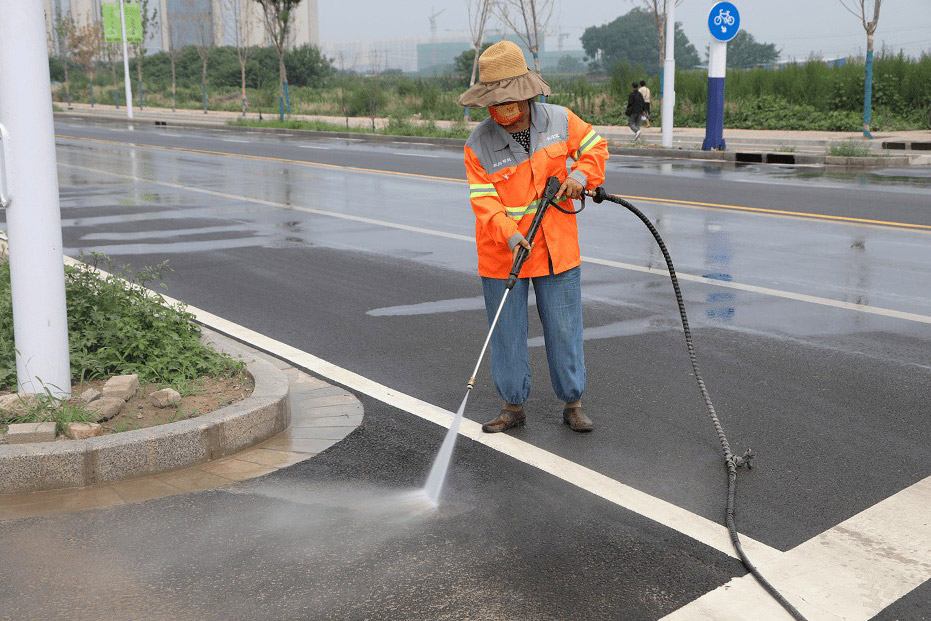
Warning: Avoid abrasive brushes, harsh solvents (like acetone or gasoline), or sandblasting—they may destroy reflectivity and shorten the marking’s life.
Tips to Maintain and Extend the Life of Thermoplastic Markings
- 1. Routine Cleaning: Schedule monthly or seasonal cleaning, especially in high-traffic zones, to prevent rubber buildup and pollution staining.
- 2. Proper Initial Application: Ensure correct thickness (1.5–2.0 mm), surface preparation, and heating temperatures during installation for longer durability.
- 3. Add Anti-Skid Aggregates: These reduce tire spin and friction damage while improving road safety in wet conditions.
- 4. Choose High-Performance Paint: Use thermoplastic materials with added UV stabilizers, color retention, and wear resistance to reduce maintenance cycles.
When to Consider Reapplication
Even with proper care, thermoplastic road markings typically last 2–5 years, depending on traffic volume and climate. When the marking thickness wears down to less than 0.5 mm or visibility drops below standard reflectivity, reapplication may be necessary.
Final Thoughts
Tire marks on thermoplastic lines are inevitable, but with proper cleaning techniques and routine maintenance, their visual impact can be minimized. Investing in durable materials and preventive care will significantly extend the lifespan of your road markings—saving costs and maintaining traffic safety.
Our Thermoplastic Road Marking Paint
As a professional manufacturer, we supply high-quality thermoplastic road marking paint that complies with international standards such as AASHTO M249 and BS 3262. Our products are trusted by contractors and government agencies across Africa, Southeast Asia, and the Middle East.
| Item | Specification |
| Color | White / Yellow / Customizable |
| Package | 25kg per bag, waterproof kraft bag |
| Minimum Order Quantity | 10 tons |
| Delivery Time | Around 30 days after deposit |
| Trade Terms | EXW, FOB, CIF, DAP |
| Payment Terms | T/T, L/C, or negotiable |
| Price Range | USD 260 – USD 700 per ton |
We provide free samples for testing and offer OEM services with customized packaging and branding. Contact us today to get a quotation or technical support for your road marking project.


